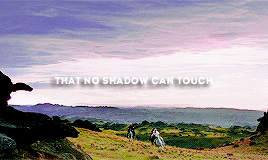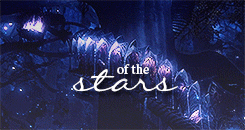Noldor - Tumblr Posts
Can someone please take all the elves from Tolkien’s works and give me a list of there heights because I’ve been curious as to how tall all of them were. If there is already a list please let me know. Oh and that includes the Valar and Maiar if possible.
How does this happen?
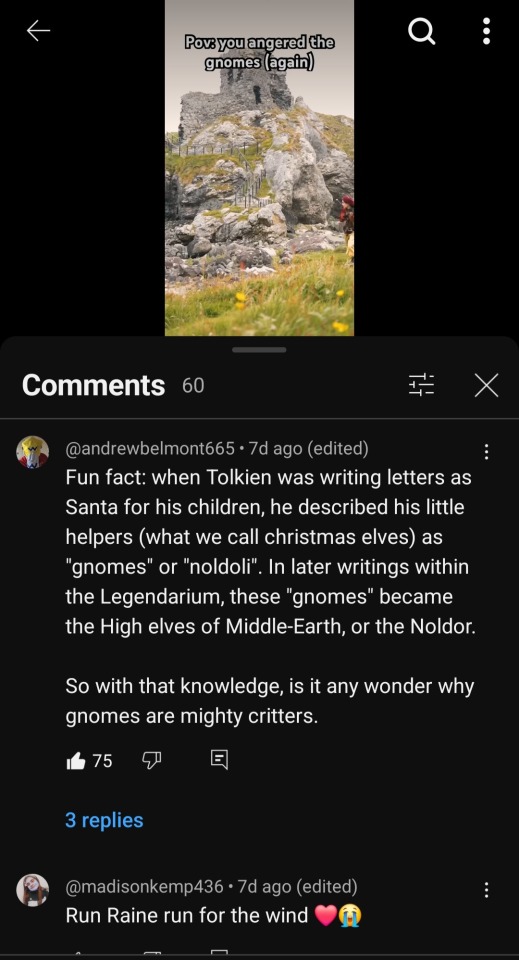

It was the first comment! =D
Me in 6th grade reading the hobbit for the first time: All I understood is that they walked through some creepy woods and saw black squirrels. And it would get light when the elves came.
My mom: are elves typically good? It could be some form of symbolism ✨️
Me: yeah, ig so...
7th grade me reading the silmarillion for the first time: All I understood is that elves are not typically good...
When the homeroom wants to make a gc...
Curufin: Who the fuck added me to a fucking group chat?
Maedhros : Language
Amrod: Yeah watch your fucking language
Celegorm : OKAY WHO TAUGHT AMROD THE FUCK WORD?
Maglor : 'The fuck word'.
Turgon: Are you stupid? You guys use the f word all the time
Caranthir : Oh my god he censored it
Celegorm : Say fuck, Turgon.
Aredhel : Do it, Turgon. Say fuck.
Beleriand is gone and Tol Himling remains. No one lives there, few dare to venture close. Even years later, the fortress feels like bitter grief and pained endurance.
The remaining Noldor– and there aren't many of them by the Second Age– start sailing there. It's not far from the shore; an easy enough journey, even for someone with little seafaring experience.
One day, someone– no one is sure who– takes one of the broken pieces of Himling's walls, carves Maedhros's name into it, and sets it as a tombstone. After that, more graves appear, slowly at first, then more quickly. Old battle-songs and tributes to the dead are carved and painted into the walls. Soon, the meadow around the old fortress is full of memorials, some made from the ruins, others lovingly crafted and brought from the mainland. For all the Noldor fought amongst themselves in the First Age, now their headstoens stand together. In the cemetery, the House of Finwe is united in death as it never was in life. Graves for Feanor and Fingolfin sit side-by-side in a sorrowful peace neither lived to see.
Himring stood on an icy mountaintop where the snow never melted, but Tol Himling does not. One spring the barren meadow blooms, red poppies and blue forget-me-nots. It flowers every year after, new hues and blossoms appearing annurally until the graves are surrounded by a colorful sea of flowers.
Not many Noldor choose to sail west– most that go back to Valinor go in death– but those that do leave tokens on Himling before they leave, broken weapons and battered armor. Maybe they do it to leave something with the dead who may never return from Mandos. Maybe they do it because like the dead, their fight in Middle-Earth has ended.
Men who sail by the island– always by, never to– are very sure that there are ghosts there. To them, the place seems strange and misted, and every figure there looks like a shade. They speak of a golden-haired warrior who spends hours talking to some of the graves, a king who dutifully cares for the tombstones, wiping away dust and moss, the strange dark-haired figure who comes every year to sow wildflower seeds. But those aren't the spirits of the Noldor dead. Only those who would remember them.
So, do the Valar know the elves aren’t just fleshy-Maiar?
(I’m tired so this might be ramble-y but oh well)
So, Pre-elves the Valar only really interact with Maiar, who basically do whatever they want and are kind of just fancy servants. The only times we actually see a Maia rebel- e.g. Mairon- it’s basically just a switch in who they listen too and not a bid for independence.
So has anyone except Melkor actually flat out told the Valar No?
Because if not that sort of explains how they have no idea how to deal with the elves.
Specifically the Noldor.
Because the Noldor, even though they are favoured by Aule, strive to create independently and without oversight from the Valar, and it’s with them the Valar screw up the most. Literally most of the problems in the first age would have been less catastrophic if the Valar had just let them leave. No first kinslaying because Olwe could just let the borrow the boats, no Helcaraxe, someone could have slapped Feanor upside the head before he got himself killed ect. But instead the Valar just...thought they’d be listened to when they told them to not go after the guy who murdered their dearly beloved king and stay put in Valinor forever, even when it’s implied Namo already knew Finwe is dead and should probably have told his son as soon as he found out but didn’t and the Valar immediately mourned the loss of the Silmarils rather than the elf who died in a place they promised would be safe.
And not knowing how elves work would kind of explain why they thought Feanor would be okay with Finwe remarrying. No Maiar had ever been unhappy with their decisions, so why would an elf be different?
It also explains the...weirder aspects of LaCE. Because some of LaCE reads like it was invented purely for population control (see sex as an act purely to create children), and that would make sense if it was put down by a race that just didn’t do sex as the ainur are implied to be. And everyone is expected to follow it and be happy, because no-one had ever told the Valar they weren’t.
Any way, idk. I’m probably reading too much into this, and this probably wasn’t articulated very well.
Tl:dr- The Valar got too used to dealing with people that do everything they tell them too and elves don’t like being told what to do Thank You Very Much

Finrod Felagund (2015)

Fingon (2015)

I have a hard time with the idea of Maedros' artificial arm, though there may have been some prosthesis, elves appreciate beauty, and such a mutilation probably didn't want to be displayed. But this work was inspired by Henry Lyon Oldie's novel, The Way of the Sword. The main character there also loses a hand, and the master armorer adapts a gauntlet as a prosthetic for him. At first it is just a gauntlet, but then the main character gains the ability to act with it as a real hand. So, a bit of AU :)
Maedros,
pastel paper, mixed media, 40*30 cm
I loooove this! My personal hc is that (of course all the Noldor and Feanorians are like this, even in war) when Mae and Mags were taking care of Elrond and Elros (I love the kidnap fam so much, they will always have a very special place in my heart) that they brought them both up to be fairly similar, which for Elros is one thing as king of the men as being half elf they expect him to be at least a little strange and elvish but for Elrond. Who is an elf. And is around other elves. Who remember. And knew. Of the Noldor. Specifically Feanorians. Who had this tradition... but of course Elrond, in hi slove for his family, will continue the tradition of loads of bling.
Of course when he marries Celebrian, who was of course raised by her parents, including Galadriel, who was a Noldor herself... basically their kids, and Arwen's kids (as ofc Aragorn isn't going to stop the bling fest) are spotted from miles away, from the glinting of the light from the silver and gold covering them head to toe.
However, I do believe that Elrond will sometimes tone it down, and only really tones it up to annoy people, and to remind them of the Noldor, as it isn't always practical wearing the usual Noldor amount.
There is no word for gaudy in Noldorin Quenya, the same way fish have no word for wet.
The Vanyar and Teleri have words for gaudy which translate roughly to “something a noldo would like.”
Concept: Elrond is, by Middle-Earth standards, a perfectly respectable level of fancy. You know, he's an elf-lord, he has plenty of robes with intricate embroidery or layers of flowing fabric, he wears finely-crafted jewelry, especially during formal occasions. He's elegant, but not gaudy– there are some tasteful references to his various ancestors in his outfits, he's got a whole image. He assumes that this is like, standard for the Noldor.
What Elrond failed to realize when he sailed to Valinor is that the expectations for "Middle-Earth elf lord with vaguely Noldorian implications" and "Noldor prince in the Blessed Realm" are two very different things. He goes to a feast and everyone is dressed like they'll die if they're not wearing four layers of skirts and at least 20 pounds of gems and precious metals. He shows up to Finarfin's court wearing more jewelry than he ever would've worn in Rivendell and people still flash him strange looks and ask him whether he wasn't feeling up to dressing up that night. He'll braid his hair in the half-up half-down style he often wore in Rivendell and it'll cause a scandal because– gasp– Elrond had part of his hair loose. In public. Noldor keep giving him jewelry because they've collectively decided that he's clearly been deprived in Middle Earth. He's confused and a little bit afraid, frankly.
Thankfully, most of the attention is taken off Elrond when Tirion is engulfed in drama the likes of which hasn't been seen for hundreds of years. The cause? Galadriel showing up in Tirion with her hair entirely loose, and no jewelry to speak of. Her robes are entirely plain. Her only adornment is her unbearably smug smirk.
Headcanon Crafts for Everyone I Missed Last Time:
Idril: a sculptor. She worked with every kind of stone imaginable, and often went looking for new material in Gondolin’s mines with Maeglin. (Look my Maeglin head canons are complicated but they should get to be friends the narrative has hurt them too much already) She actually preferred not to make elvish figures, instead focusing on strangely beautiful stone landscapes and various animal-like figures. She was actually responsible for Middle-Earth’s version of the gargoyle, having carved several to stand guard over Gondolin. Several elves swore that the statues moved, but she never addressed those rumors. She also liked to paint her work with bright colors, which would’ve been seen as odd back in Valinor, but fit right in in First Age Middle-Earth.
Maeglin: a smith, but his craft was more in-line with Avarin practice than Noldor practice; with much less focus on the idea of making gems and heavier focus on understanding natural geology and the properties of various gems and metals. He knew the mines of Gondolin better than anyone, and wrote plenty about the the earth under the earth. His work also had fairly significant Dwarfish influences. He liked to make mechanically complex pieces, with moving parts or even some internal gear work.
Finduilas: a hunter. Her and her father were both nature people, just in very different ways. She was silent, with all the grace of a dancer, and quick enough to outrun most of what she hunted. She preferred to go after more aggressive animals– wild boar, wolves, bears, even wargs– and leave the deer and rabbits be. She was born in Beleriand, and had never met the Valar, but sometimes, privately, offered up prayers to Orome. She liked to imagine she could’ve been in his hunt, if things had turned out a bit differently.
Celebrimbor: a smith, in the very traditional Noldor sense. Gemworker, specialized in jewelry, made various famously beautiful pieces, etc. Was never quite happy sticking to hairpins and necklaces. Longed to try his hand at imbuing his work with real power, but always talked himself out of it. A whole binder of concepts for works of power sat locked away in a chest in his workshop for centuries. He never talked to anyone about it. He was as ashamed of his feelings for his craft as he was of his feelings for his family. By the end of his life, he’d made peace with only one of those things.
Earendil: a mariner? Alright, he was definitely a mariner, and he loved the ship life– he even built a few boats of his own, in a similar fantastic style to Turgon’s architecture– but he also had a longstanding fascination with the natural world, and filled volumes and volumes of journals with information on various plants, animals, and minerals. But natural lore isn’t a recognized Noldor craft, since it involves learning but doesn’t really produce tangible results. Still, it was a passion he got from afternoons spent learning about geology with “Uncle Mole,” and one he shared with Elrond. Researching the beauty and wonder of nature gave Earendil something to do with his immortal life, and was a big part of the reason Elrond chose to be immortal at all.
Gil-Galad: a king. No, really, he’d been the high-king of the Noldor since he was a child, and hadn’t really had time for trivialities like “finding a life purpose” or “having fun.” He was too busy learning how to stay alive in late stage Beleriand (read: hell) and learning to rule the least cooperative group of elves imaginable. He wanted to be a painter, and while he found enough practice time to get good at his chosen craft; because of how long detailed paintings can take, he almost never had time to actually make anything. He tried not to let it bother him too much. He didn’t always succeed at that.
Elrond: in a bit of a weird spot. Elrond is most associated with lore and healing; but, as discussed, “lore” isn’t considered a craft. And, well. Healing had to be Elrond’s craft, right? He’d been doing it since he was seven, and just about the only person in Amon Ereb who could still use healing powers. And it was good work, and it was rewarding, even if it often left him feeling so burned out and worried that he forgot to eat or sleep. It took him a long time to admit to himself that healing for him was what fighting was to many other elves: a necessity. Truth be told, he’d rather be gardener, working with the earth to create a place of peace and beauty. Also, Elrond is basically a nature spirit. So. It was something he began to explore in the peace of the early Second Age. He found that his Ainuric powers had all sorts of interesting effects on plant life. He also learned how to breed new varieties of fruits, vegetables, and flowers. Still, he never really considered that it could be a proper craft for him. At least, not until he first saw the valley that would one day become Rivendell.
Headcanon Crafts for Finwe and his Children, the House of Feanor, the House of Fingolfin, and the House of Finarfin.

I wasn’t really sure if I would colour it myself because I hate painting backgrounds so much will I ever do such elaborate thing? I don’t think so.
Fingolfin reading to little Argon, while his eldest son Fingon plays some relaxing music on his harp. Turgon finished transcribing some books while little Aredhel wants to go out.
Lineart: available for free so you can colour it yourself.

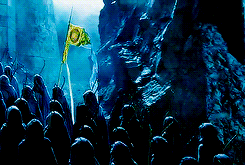
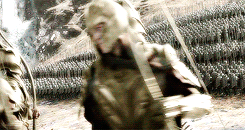

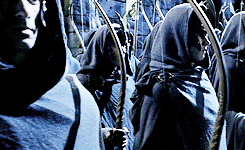
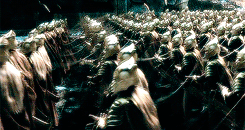
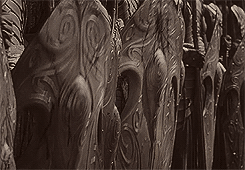
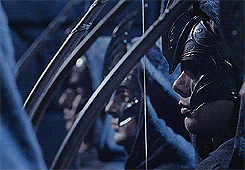
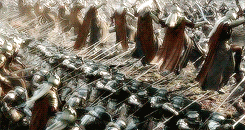
Le guerrier victorieux remporte la bataille, puis part en guerre. Le guerrier vaincu part en guerre, puis cherche à remporter la bataille.
The victorious warrior win first the battle, then go to war. The defeated warrior go to war first, then seek to win the battle.
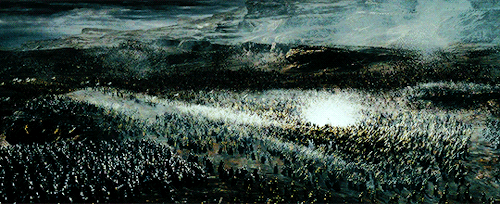
#frenchtolkienfandom
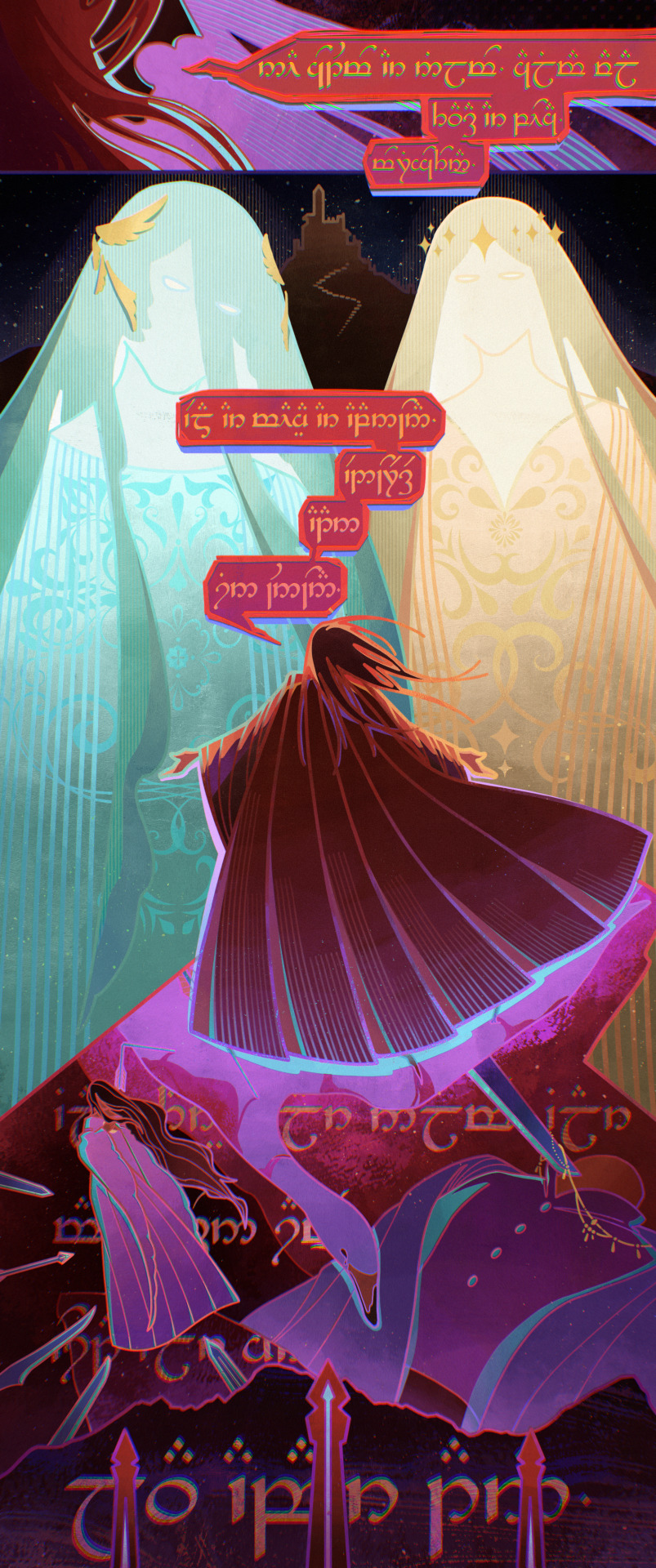
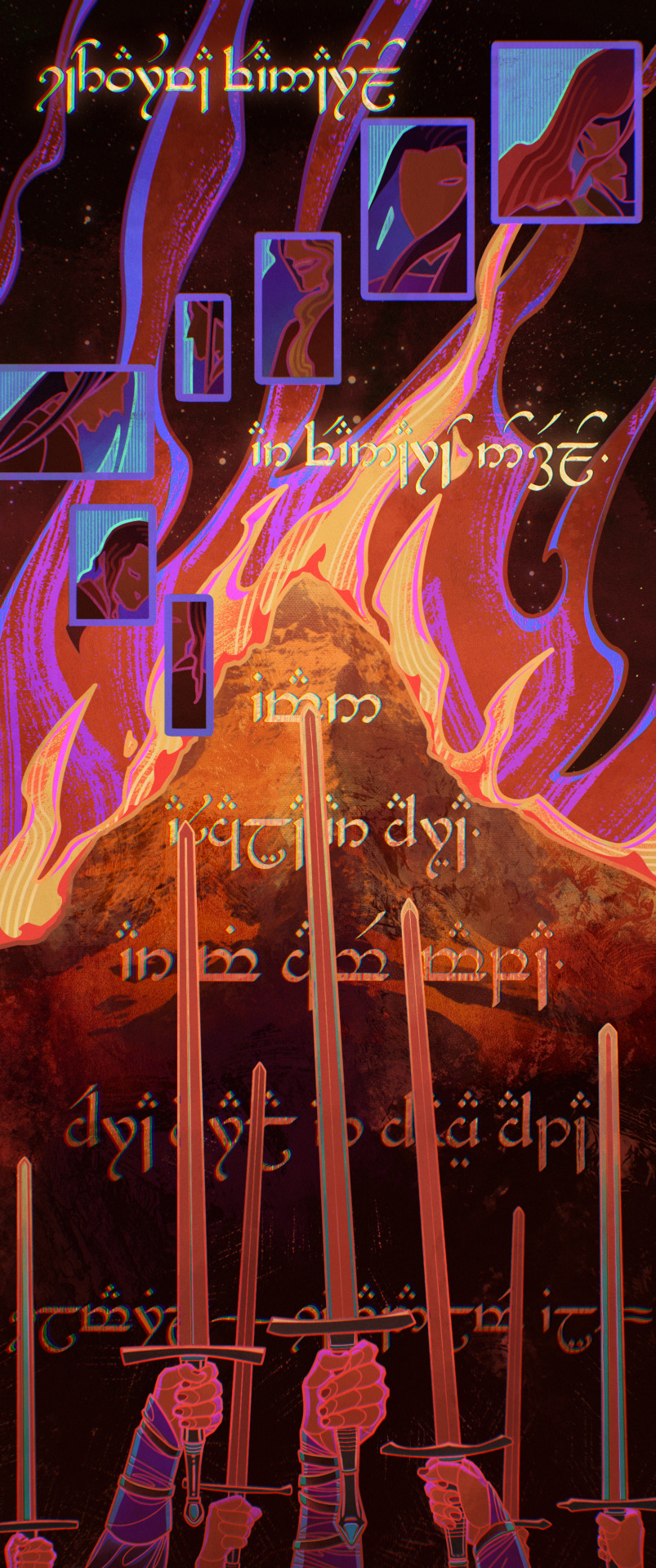
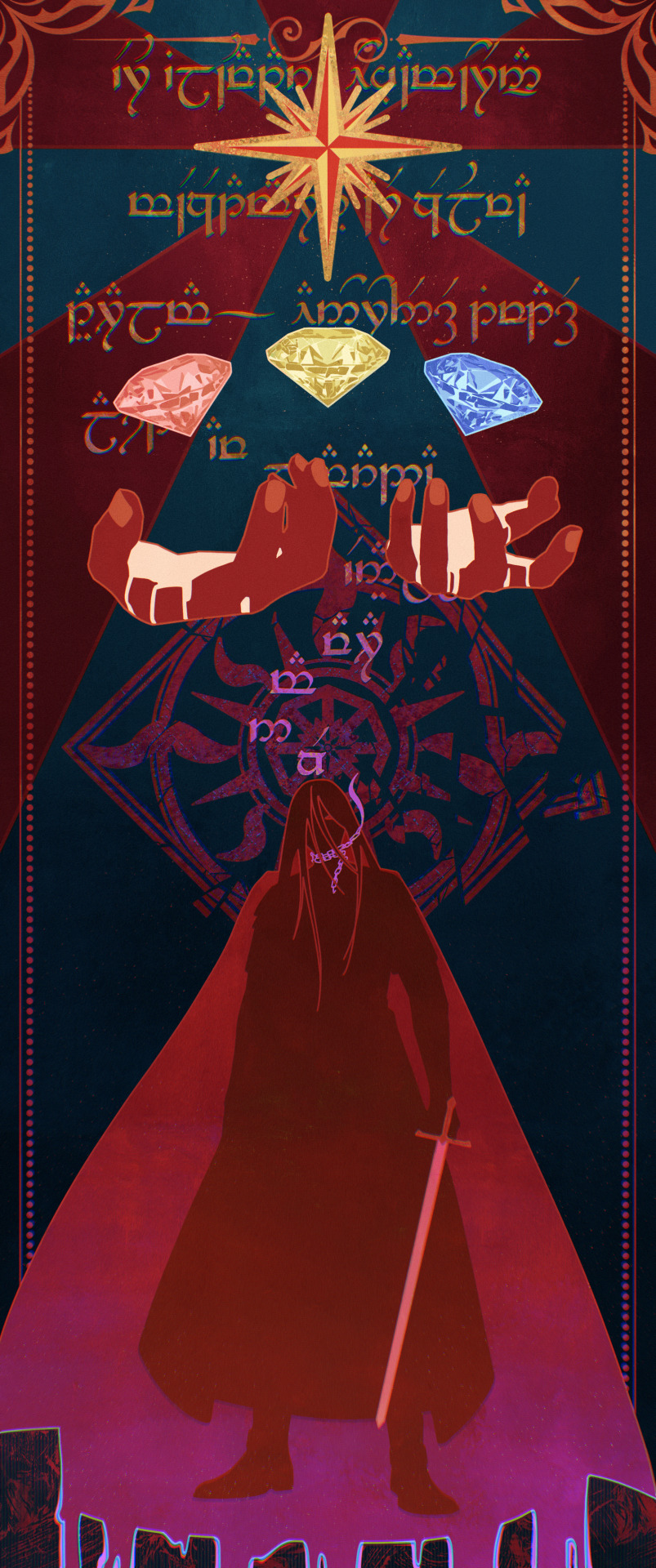
Oath of Fëanor by https://hehuihehui.lofter.com
Be he foe or friend, be he foul or clean, brood of Morgoth or bright Vala, Elda or Maia or Aftercomer, Man yet unborn upon Middle-earth, neither law, nor love, nor league of swords, dread nor danger, not Doom itself, shall defend him from Fëanor, and Fëanor’s kin, whoso hideth or hoardeth, or in hand taketh, finding keepeth or afar casteth a Silmaril. This swear we all: death we will deal him ere Day’s ending, woe unto world’s end! Our word hear thou, Eru Allfather! To the everlasting Darkness doom us if our deed faileth. On the holy mountain hear in witness and our vow remember, Manwë and Varda!
—The Annals of Aman, §134
Ecthelion, Balrog Slayer 💙 ⛲

Goblin Slayer | Ecthelion of the FountaIn




Silmarillion Chapter 9: The Flight of the Noldor
“Here once was light, that the Valar begrudged to Middle-earth, but now dark levels all. Shall we mourn here deedless for ever, a shadow-folk, mist-haunting, dropping vain tears in the thankless sea? Or shall we return to our home? In Cuiviénen sweet ran the waters under unclouded stars, and wide lands lay about, where a free people might walk. There they lie still and await us who in our folly forsook them. Come away! Let the cowards keep this city!”
His Silmarils stolen and his father, the king, slain by Morgoth, Fëanor gives his firey speech to the Noldor. Behind him his brother, Fingolfin, prepares to speak against him, in vain. Galadriel, though no friend of Fëanor, is touched by his words and envisions kingdoms of her own in the East. Her brother, Finrod, simply weeps for the looming fate of his people. For better or worse, Middle-Earth is about to meet the Noldor. (More art and information on the Noldor here and here)
- Teleri Sailors - Some examples of the Teleri, the more numerous but less imposing ethnic group of the High Elves. Sleight and androgynous, especially compared to the more muscular Noldor, the Teleri are crafters of the only ships in Aman, a quality that seals their terrible fate at the hands of Fëanor and his followers. (More Teleri examples here).
- Gothmog - Captain of the Balrogs and second-mightiest of Morgoth’s servants. While Sauron ruled in Morgoth’s absence, it’s Gothmog who is generally in charge of leading his armies. (More Balrog examples here).
The Sons of Fëanor are infamous in the history of the Elves. Swearing a dreadful oath to recover the Silmarils at any cost, they’re second only to Morgoth in causing grief and death during the First Age.
- Maedhros the Tall - Eldest and generally the most diplomatic.
- Maglor the Mighty Singer - Makes it out of this story alive, but arguably the most depressing.
- Celegorm the Fair - Sexist creep and all-around jerkass.
- Caranthir the Dark - Dwarf-hater, rarely worked well with others.
- Curufin the Crafty - Most like Fëanor, and father of Celebrimbor, the Elf who would make the Rings of Power.
- Amrod and Amras the Hunters - They don’t do much, but I still don’t trust them. I mean look at them.




